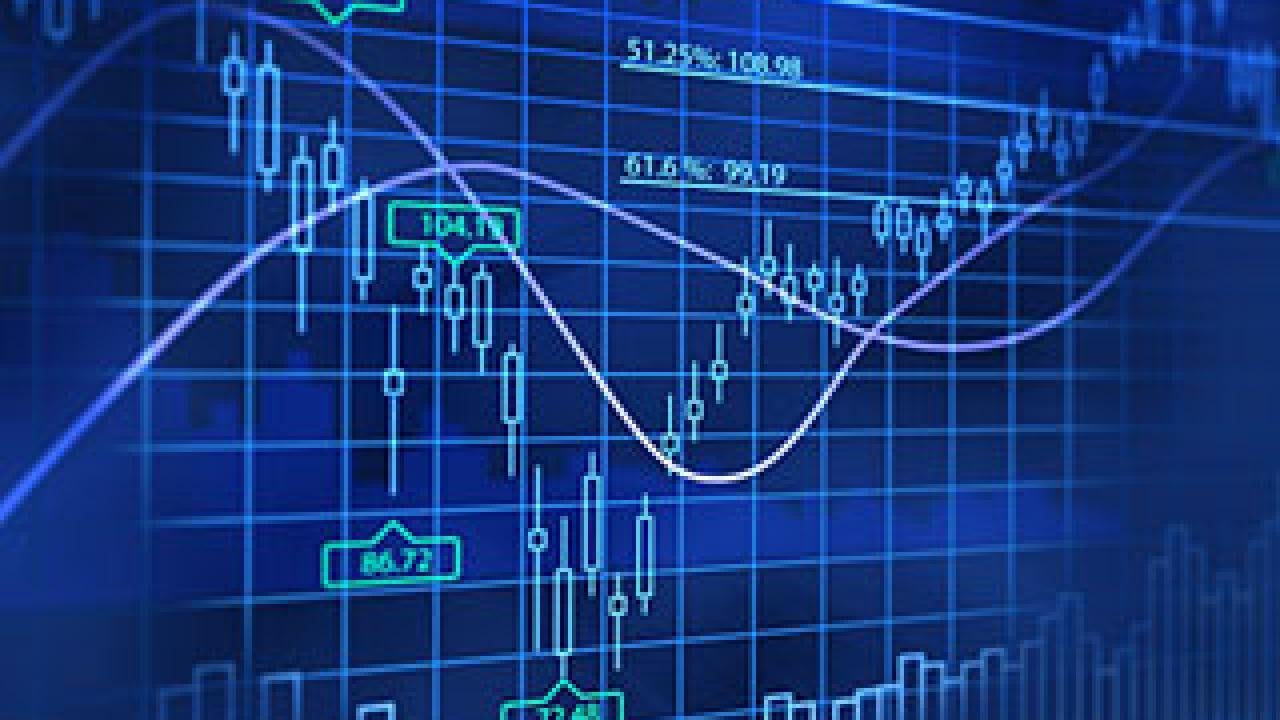Insiders have reaped substantial profits from increased trading of a faltering company’s stock when the firm is renegotiating its debt, according to a new study by researchers at the University of California, Davis, and University of Otago in New Zealand.
The aggregate return to insider traders — the sum of their losses avoided from selling and their gains from buying stock — approached nearly $2 billion over an eight-year period analyzed in the study led by Paul Griffin, a professor in the UC Davis Graduate School of Management.
Griffin and colleagues David Lont and Kate McClune of the University of Otago tracked insider stock transactions that occurred during or near 1,718 first-time disclosures of debt covenant violations by U.S. public companies between 2000 and 2007. The waiver of a debt covenant is an important step taken by a lender to resolve a company’s debt problems and help bring the company back to financial health. Companies must disclose violations of debt covenants and the negotiated outcomes with lenders to the Securities and Exchange Commission. The disclosures are public. A waiver of a covenant not only gives the company a better chance to succeed but may also be preferred by the lender not wanting to initiate costly bankruptcy proceedings.
Griffin and his co-authors documented increased insider selling as stock prices dropped just before disclosures of debt covenant violations, partly because of uncertainty that the company could go bankrupt. These stock sell-offs were followed by increased insider buying following the disclosures, as stock prices recovered in response to the company’s turnaround.
The researchers also examined whether insiders simply mimic the swings in stock price or actually place their trades ahead of the market using their perceived “insight” based on nonpublic information. The researchers’ statistical analysis showed that insiders sell one to two months ahead of the market decline that precedes the disclosure, and buy one to two months ahead of the market recovery.
The authors also considered other reasons for spikes in insider trading such as earnings reports and other filings, but found no other simple explanation for buying and selling that could account for roughly $1.97 billion in profits over the eight-year study period. The study ended before the stock market crash in 2008.
“We find strong circumstantial evidence of what some may view as illegal insider trading that cannot be attributed to other factors,” Griffin said. “But the trouble with this type of insider trading is that the risk of liability or prosecution for the insider is low because the trading typically takes place weeks or months before the public disclosure.”
“This makes it extremely difficult to establish a ‘smoking gun’ or nexus between the trade and the unfair profits from the trade, to use legal language,” Griffin said.
A requirement introduced in 2003, under which insiders must report their trades to the SEC within two days of the transaction date, seems to have lowered insiders’ propensity to trade ahead of the market, the study showed. That is good news for regulators and the average investor, according to Griffin.
Insider trading reports filed with the SEC are of high interest to analysts and investors as a potential source of new information about a company. Some insiders’ trades might reveal new details about the company’s prospects — and uncover patterns of excess returns by insiders.
Griffin and his co-authors view their work as part of a larger canvas of studies on insiders’ activities around the time of debt renegotiations. “We are not the only ones to showcase this unusual activity,” Griffin said. “The SEC in the last few years has brought several actions of insider trading in stock and debt by members of creditors’ committees who allegedly have breached confidentiality agreements, and similar trading behavior has been shown in academic research on institutional investors.”
By pointing out suspicious and highly profitable insider trading near the time of a debt covenant waiver event, Griffin and Lont hope to attract the attention of regulators and prosecutors who can bring criminal charges against accused traders.
“We may have a long wait, however,” Lont said. “U.S. regulators and prosecutors currently have a raft of complex cases on their hands involving nonpublic information acquired by giant hedge funds through expert networks.”
The study, “Insightful Insiders: Insider Trading and Stock Return Around Debt Covenant Violation Disclosures,” was recently posted on the Social Science Research Network, a database of social science research. It won the Best Paper Prize at the New Zealand Finance Colloquium held in February at the New Zealand Institute for the Study of Competition and Regulation Inc. at Victoria University of Wellington.
Download the full study at: http://ssrn.com/abstract=1685973.
About the UC Davis Graduate School of Management
Established in 1981, the UC Davis Graduate School of Management is consistently ranked among the premier business schools in the United States and internationally. The school has nearly 600 MBA students enrolled in Daytime MBA and Working Professional MBA programs on the UC Davis campus, in Sacramento and in the San Francisco Bay Area. For 15 years consecutive years, U.S. News & World Report has ranked UC Davis among the top 10 percent of MBA programs in the nation. The Economist’s 2010 survey ranks the school’s faculty quality No. 3 in the world. For more information, visit http://www.gsm.ucdavis.edu.
Media Resources
Claudia Morain, (530) 752-9841, cmmorain@ucdavis.edu
Paul Griffin, Graduate School of Management, cell 530-219-1176, pagriffin@ucdavis.edu
Tim Akin, Graduate School of Management, 530-752-7362, tmakin@ucdavis.edu
